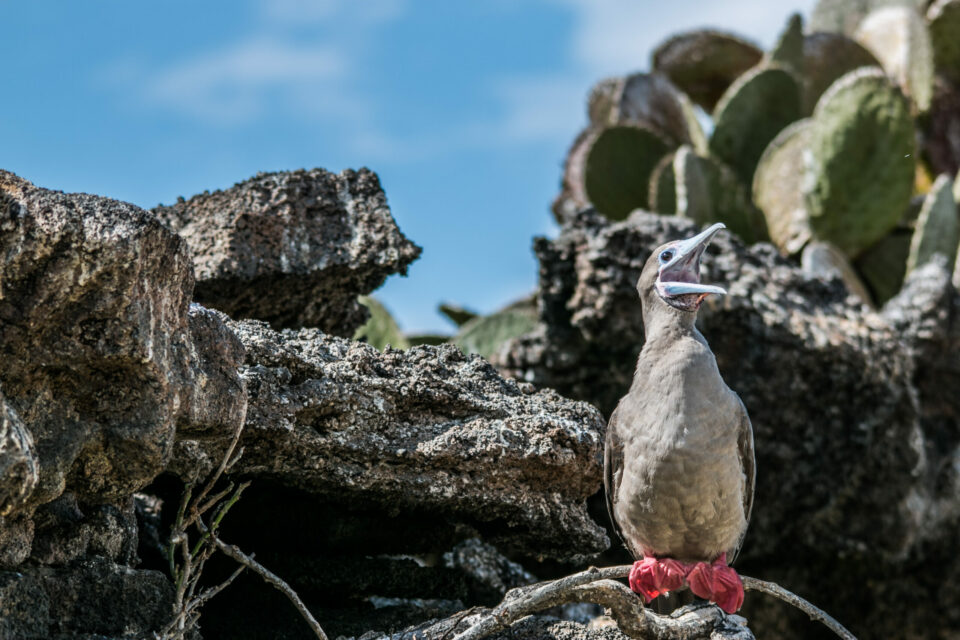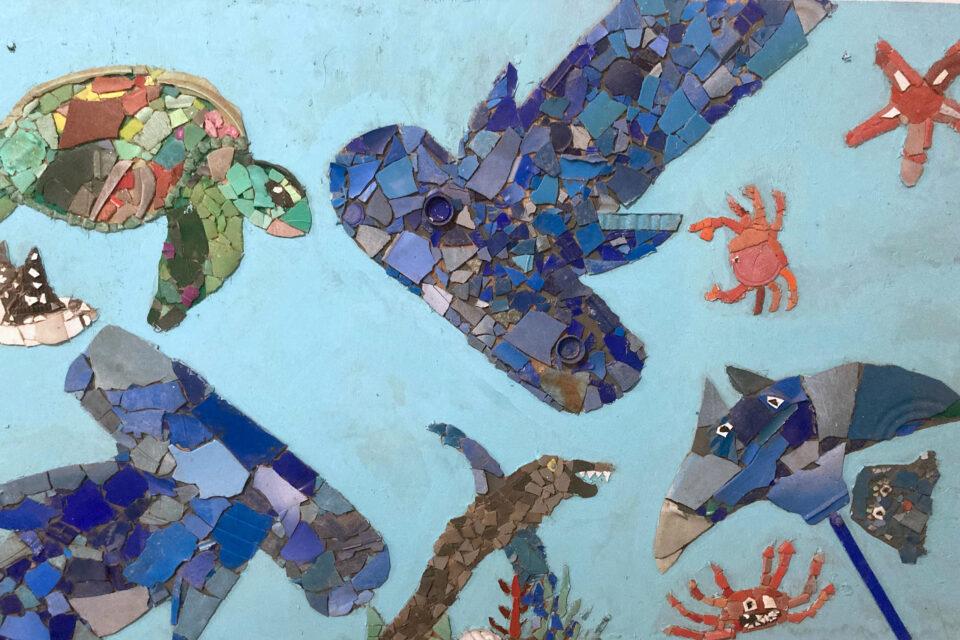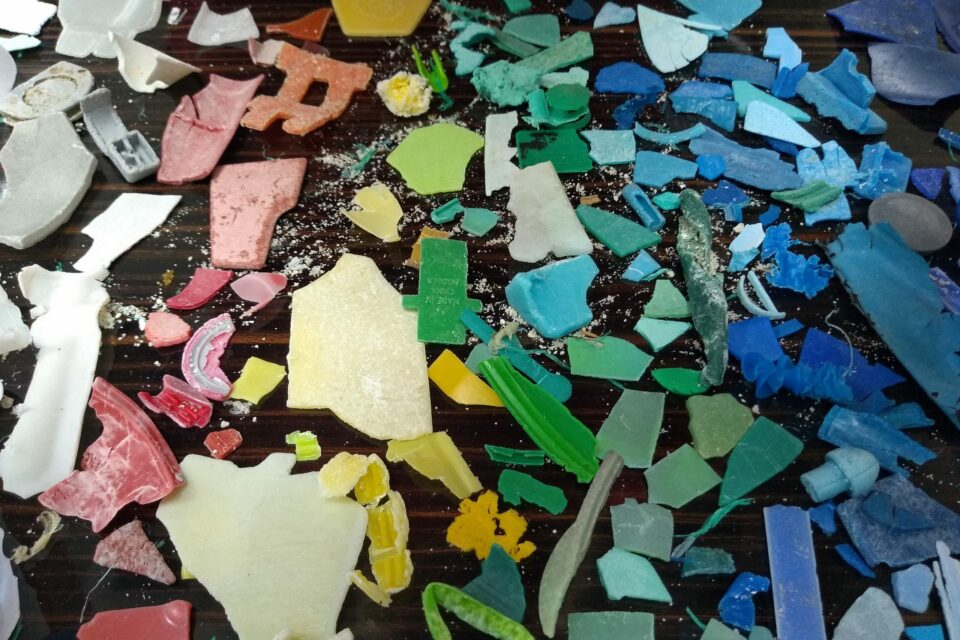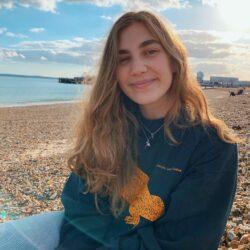

How do you solve a wicked problem like plastics?
Our international group of changemakers, Pacific Plastics: from Science to Solutions, are working together to rid the Eastern Pacific Ocean of plastic pollution.
Our international group of changemakers, Pacific Plastics: from Science to Solutions, are working together to rid the Eastern Pacific Ocean of plastic pollution.
For the last 50-60 years, our reliance on plastics has left the world with a ‘Wicked Problem’ – a problem that contains so much complexity that a single discipline cannot solve it. Plastic pollution can be seen as waste, a resource, and an economic, societal, or systemic problem. Therefore, combatting the plastic issue requires a multidisciplinary approach on a regional scale, addressing the cycle of plastic production, consumption, and waste. That’s why our Pacific Plastics: Science to Solutions (PPSS) project, supported by the Global Challenges Resource Fund, Evolution Education Trust, Galapagos Conservation Trust and others, unites international scientists, communities, NGOs and industries to create a network of inspiring individuals that are joining forces to conserve our oceans, protect marine wildlife, and support people whose livelihoods depend on the health of this unique ecosystem. GCT’s Plastic Pollution Free Galapagos Programme sits in the broader PPSS network.
Where are the plastics coming from?

Plastic is such a complex problem in Galapagos because it comes from various sources, such as the continental mainland, industries like fisheries and tourism, and local leakage points in waste management infrastructure. Understanding these sources and pathways are the first step towards implementing changes to stop the flow of plastics into the environment.
Our partners at Utrecht University released GPS drifters into the ocean in 2021 around Galapagos to improve oceanographic models that can identify sources and pathways of ocean plastic. The data generated by these models will inform a predictive forecast of when and where plastic will arrive in Galapagos which, when combined with information on the least invasive and most impactful clean-up sites, will support the development of an app to help the Galapagos National Park monitor and prioritise clean-up activities around the Archipelago. Through surveys and workshops with local stakeholders, we are also mapping the local plastic waste inputs, which will feed into future intervention design.

Exploring the impacts of plastic pollution
Around the world, plastic has been found in hundreds of marine species, from the tiniest plankton to the largest whales. Our network is investigating which Galapagos species and habitats are most at risk from marine plastic, and how these threats could be mitigated through clean-up activities focused on high-risk habitats.
A lesser-studied impact of plastic pollution is its impact on local communities. Working with local stakeholders, we are exploring the socioeconomic impacts of plastic pollution in Galapagos, combined with the COVID-19 pandemic. The important data gathered from this project will help inform initiatives from the ground up, utilising existing solutions and supporting the development of practical tools to improve waste management on the Islands.
Innovating solutions for plastics
As a network, all of our activities inform the development of effective solutions. From initial research, continental rivers were identified as a source of plastic leakage into the Eastern Pacific Ocean. The Azure system, technology developed by Ichthion to prevent the transport of plastics from rivers into the ocean, has been installed in the Portoviejo River, Ecuador (identified as one of the primary transporters of solid waste from Ecuador to the Pacific). Ichthion plans to place at least 11 Azure systems in Ecuadorian rivers to stop the flow of plastics towards the Galapagos Islands.

The Azure system can collect a staggering 80 tonnes of plastic per day, and also collects data on the plastic being removed. This data helps to identify sources of plastic leakage to find and support relevant solutions further upstream.
An example of our upstream solutions is our partnership with shopping malls across Ecuador, collaborating on a public awareness-raising campaign connecting ‘actions to oceans’, and encouraging circular economy initiatives through interactive activities, repair fairs, theatre productions and river clean-ups.
What can you do to help?
Please help us tackle plastic pollution today by giving a donation or joining up as a GCT member.
Related articles


New research shows that Galapagos giant tortoises are ingesting plastic waste

Creating a circular economy for plastics in Galapagos


